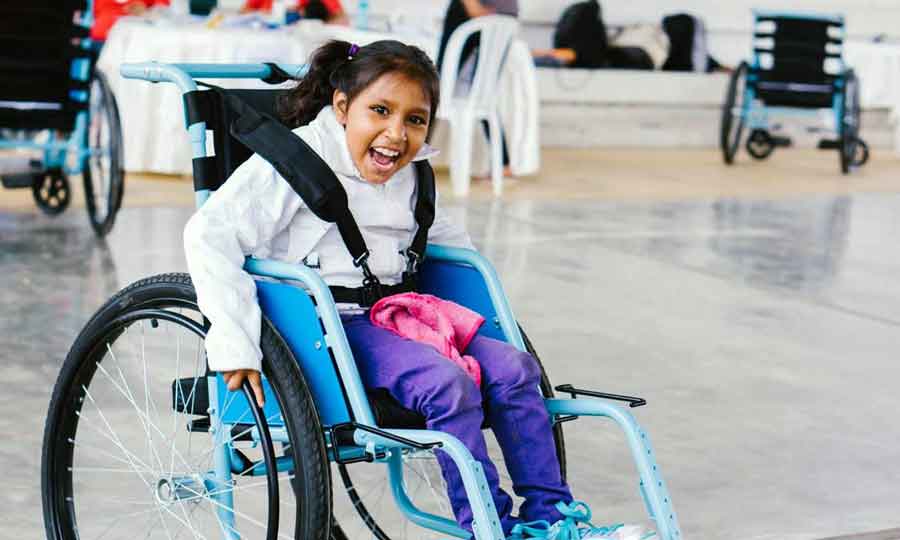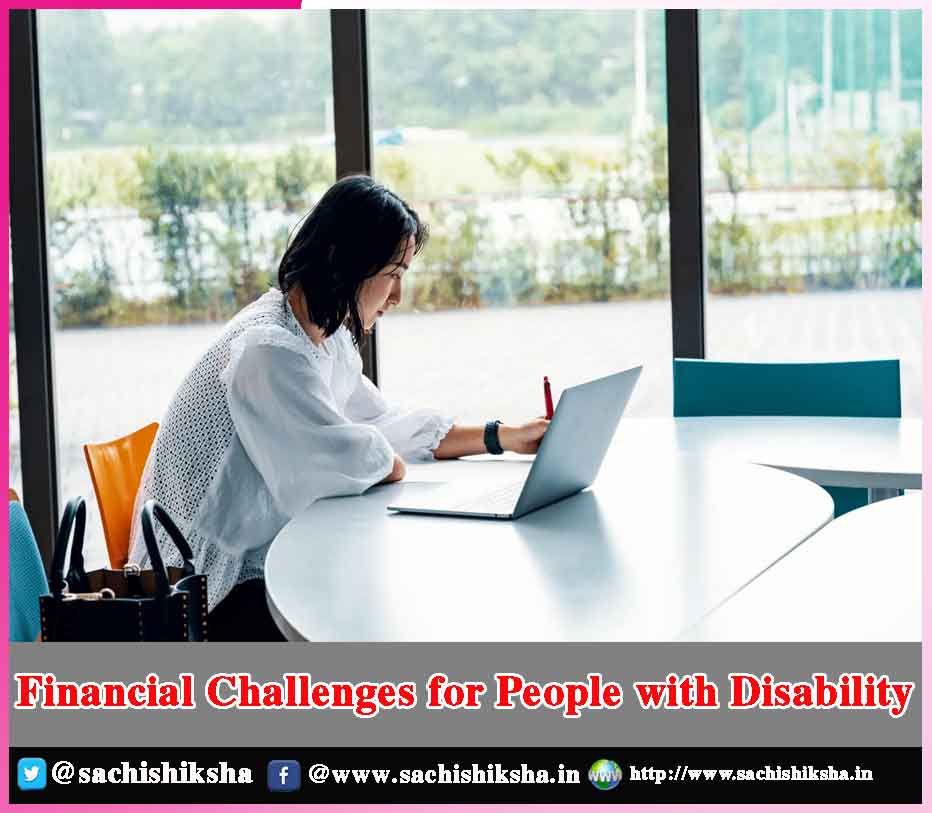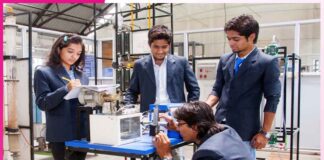Financial Challenges for People with Disability
Introduction: Individuals with disabilities are much more likely to experience negative equitable access to resources such as a lower educational level, poor physical health, lower employment levels and greater rates of poverty.
Deprivation may raise the probability of impairment as a result of insufficient access to health care and educational opportunities, dangerous working conditions, an environment pollution, and a lack of clean water and sanitation. Disability may also increase the probability of poverty due to a lack of education and employment prospects, wage levels, and the higher living expenses with impairment.
Also Read:
- Work-Life Balance
- Relaxation from Anxiety and Stress
- Kitchen Activities: Ensuring Efficiency and Quality in Managing
- Retaining Employees With You Is In Your Hands
- Being a Friend in Need to Your Employees
Table of Contents
What is Disability:

Person with Disability & Covid-19:
As the COVID-19 Disease outbreak persists to have far-reaching consequences around the world, it is crucial to think about how the pandemic affected people with disabilities, including well being, schooling, and transportation issues. People with disabilities may be more susceptible to contracting COVID-19 because knowledge about the disease, including symptoms and preventative measures, is not frequently supplied in terms of accessibility such as Braille print resources, gesture recognition interpretation, subtitles, audio provision, and visuals.
Children with Disability & Covid-19:
Children with disabilities have been deprived of basic offerings such as nutrition standards, adaptive equipment, access to resource personnel, recreation programmes, extracurricular, and water, sanitation, and personal care (WASH) programmes as a result of numerous school closures. COVID-19 has resulted in a sudden change in the position of the parent/caregiver to act as their students’ teachers, as well as complicating the digital gap among learners with regards to access to equipment, power generation, and the online world.
Other Factors:
Unreachable environmental factors and transportation, a lack of adaptive tools and technologies, non-adapted modes of interaction, shortfalls in delivery of services, and discriminatory intolerance and marginalization in society are all obstacles to full economic and social inclusion for individuals with disabilities.
Disability-inclusive Advancement:
Disability-inclusive advancement is becoming more popular around the world. The United Nations Convention on the Rights of Persons with Disabilities (CRPD) advocates for people with disabilities to be fully integrated into society. The CRPD emphasizes the significance of international development in attempting to address the rights of people with disabilities. Disability, according to the 2030 Agenda for Sustainable Development, cannot be a reason or criterion for an inability to have access to supporting and facilitating and the realization of human rights. The structure of the Sustainable Development Goals (SDGs) includes seven explicit targets for people with disabilities, as well as six additional targets for people in vulnerable situations, which include people with disabilities.
Entrepreneurship:
Entrepreneurship is one way for disabled people to become financially independent, free from the discrimination and even sometimes burdensome prerequisites of mainstream life. However, people with disabilities face a number of societal challenges.The majority of the banking services, including banks, do not take a charitable strategy to providing financial assistance to the disabled.
Determining the Extent of Impairment:
There is also a concern with determining the extent of impairment, which leads to preconceived ideas about the individual’s ability. As a result, cultural structuring can be a successful approach of strength and conditioning providers, including banks, and stimulating the general public about the special needs of people with disabilities in order to overcome the cultural divide.
Disabled & Govt and Welfare Organisation:
In a developing economy like India, it is critical that the government and welfare-oriented organizations play a significant role and share the burden of supplying a meaningful life for the disabled. It also is economically beneficial because, according to the World Bank, employing the disabled can help boost the economy’s growth.
Global Practices:
Global practices vary in addressing the problem of financial intermediation for the disabled. Countries like Australia, New Zealand, and the United States adhere to international web accessibility requirements. It guarantees that data is available in a variety of formats, including audio, Braille documents with significantly bigger font sizes, and illustrations with text descriptions.
Conclusion:
The occurrence of disability entails an expense, both direct and indirect, to the individual and his or her family. These expenses include health care, rehabilitative services, education, coaching, work opportunities, health coverage, transportation, and augmentative and alternative communication equipment.
As in developed nations, the government should think about offering financial support and assistive equipment to people with disabilities and their families in order to increase their chances of finding work or directly employing people with disabilities. Expected to give its responsibility, the government could also take into account incentivizing the private sector to start encouraging recruitment of Person with Disability (PwDs).















































